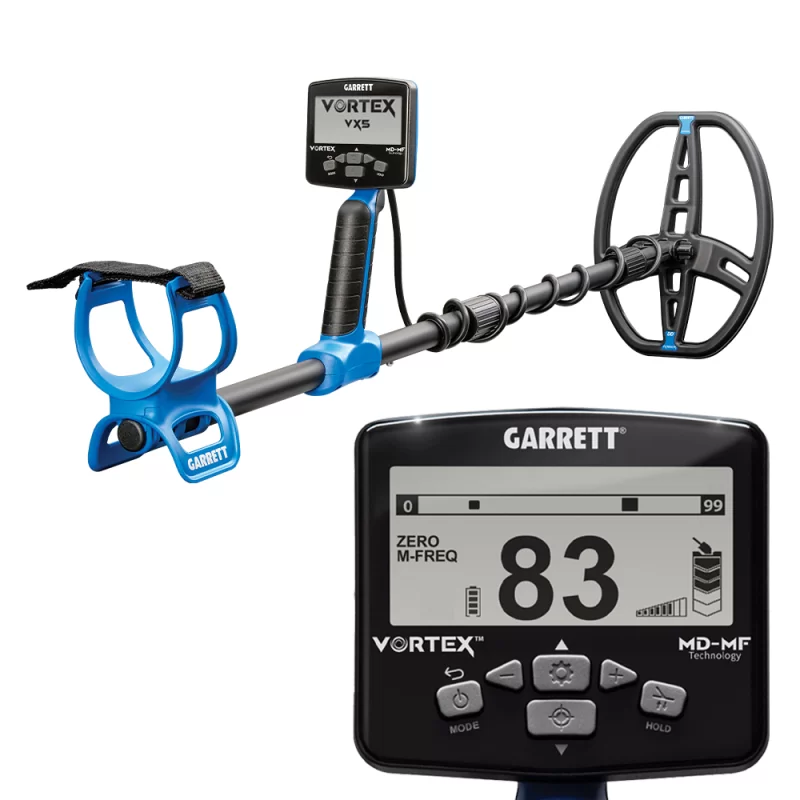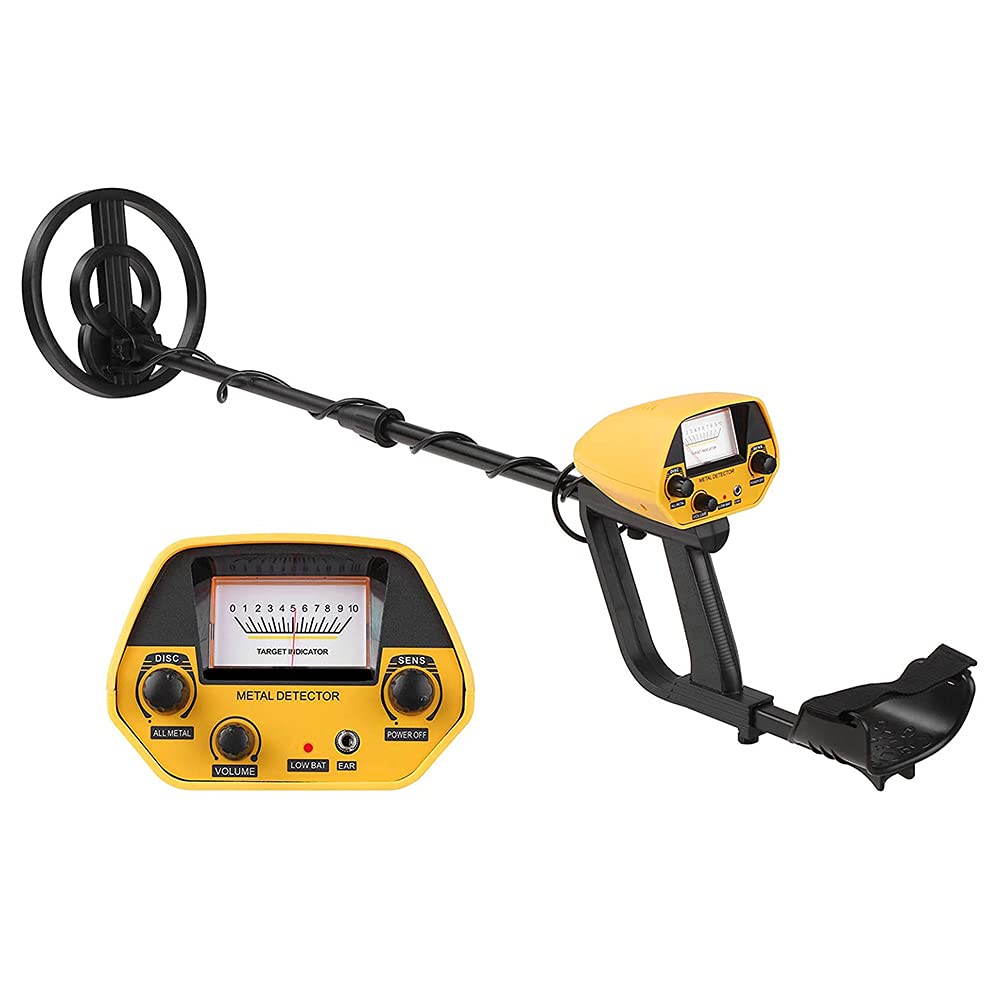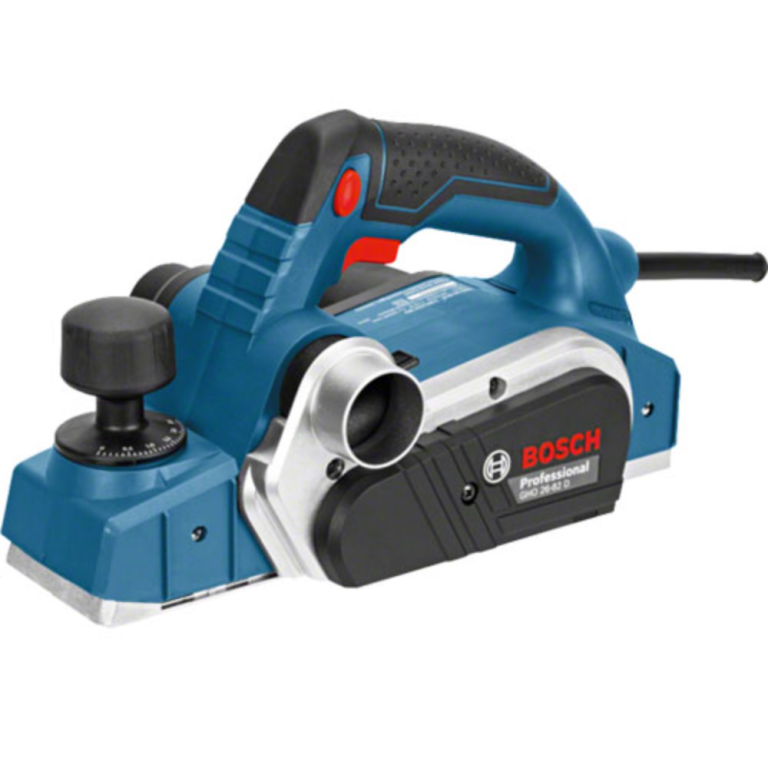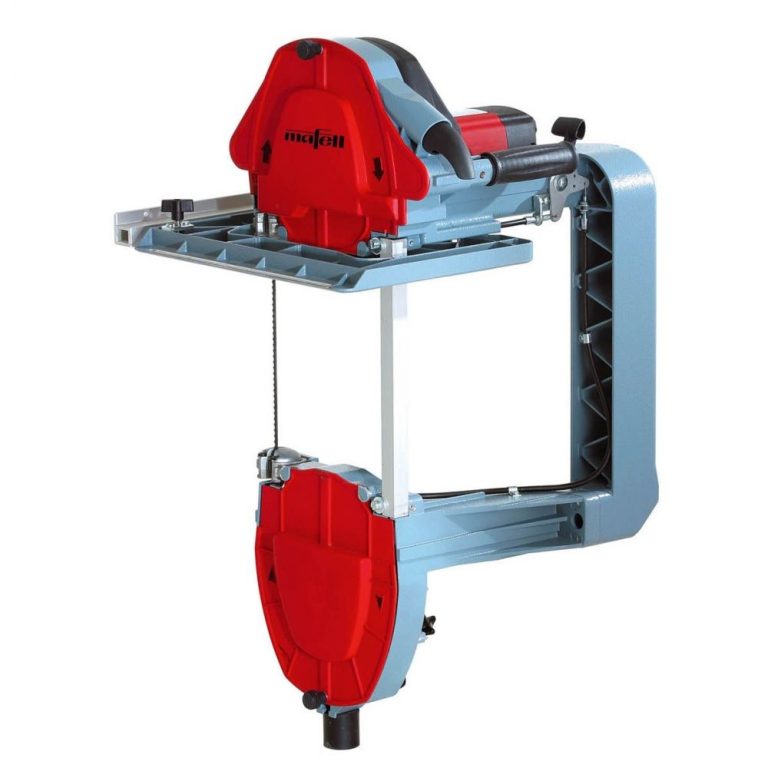
The Ultimate Guide to Choosing the Best Metal Detector
Best Metal Detector
Choosing the best metal detector can be overwhelming. With so many options available, it’s crucial to know what you need. First, consider your experience level. Beginners may prefer user-friendly models. Advanced users might seek features like discrimination and depth detection.Discover the best metal detectors on the market! Uncover hidden treasures and elevate your treasure hunting adventures with top-rated choices.
Look for a detector with a good balance of sensitivity and accuracy. The Garrett AT Pro is a favorite among enthusiasts. It offers excellent performance in various terrains. The Minelab Equinox 800 is another top choice. It boasts multi-frequency technology, making it versatile for different conditions.
Next, think about coil size. Larger coils cover more ground but can miss smaller items. Smaller coils are great for pinpointing targets in trashy areas. The right coil can make a big difference in your finds.
Durability is essential, especially if you plan to search in rugged environments. Waterproof models like the Nokta Makro Simplex+ are ideal for beachcombing or river detecting. Don’t forget about weight. A lightweight detector reduces fatigue during long hunts.
Battery life matters, too. Many modern detectors have rechargeable options, ensuring your adventures won’t be cut short. Check user reviews and expert recommendations for insights on performance and reliability.

Understanding Metal Detector Types
Metal detectors generally fall into three main categories: VLF (Very Low Frequency), PI (Pulse Induction), and BFO (Beat Frequency Oscillator). Each has unique strengths and applications. VLF detectors are the most common. They excel in detecting coins and relics in mineralized soil. They are especially popular among hobbyists because of their affordability and ease of use.
On the other hand, PI detectors operate using pulses of current, making them highly efficient in coastal areas or highly mineralized terrain. Their depth capabilities surpass those of VLF detectors, which makes them suitable for treasure hunters looking for deeper targets. However, they typically do not discriminate well against junk metal. Lastly, BFO detectors are somewhat outdated and less commonly used. They primarily serve as beginner models due to their simplicity.
Key Features to Consider
When choosing the best metal detector, key features warrant careful consideration. Look for discriminating capabilities, as this allows users to filter out unwanted metals like iron and aluminum. This feature enhances the chances of finding valuable items while minimizing frustration.
Additionally, sensitivity is crucial. A higher sensitivity rating translates to better detection of small objects like coins or jewelry. Some models also offer adjustable sensitivity levels, which facilitates a more tailored experience. Moreover, the search coil size can significantly influence performance. Large coils cover more ground, but small coils penetrate deeper, making them ideal for areas with more clutter.
Another essential feature is the depth indicator. This lets users know how deep the detected object lies. A visual tone or meter can aid in making quick decisions. Furthermore, consider weight and ergonomics. A lightweight detector is more comfortable for extended use, making the hunt enjoyable rather than exhausting.

Price Range and Budgets
Budget serves as another crucial factor when selecting the best metal detector. Prices can range from under $100 to over $1000, depending on features and brand reputation. For beginners, models priced between $150 and $300 often offer excellent value. These detectors typically include good sensitivity, decent discrimination, and user-friendly controls.
For seasoned hobbyists or professionals, investing in a more advanced detector may be worthwhile. High-end models provide additional features, such as wireless connectivity, advanced discrimination settings, and multiple frequency options. These features can significantly enhance detection success rates.
When selecting a metal detector, consider not just the initial cost, but also future needs. Budget for suitable accessories, such as digging tools, headphones, and pinpointers, which further improve the detection experience. Therefore, determining a total budget, including accessories, is smart before making a purchase.
Understanding Detection Environments
Different environments require metal detectors tailored to specific conditions. For users primarily hunting on land, a VLF detector might suffice. They function well in parks, fields, and historical sites. However, beachcombers need something more robust. Saltwater and mineralized sand present challenges, making PI detectors suitable for these settings.
Moreover, some metal detectors are waterproof, offering additional versatility. A waterproof unit can be submerged, allowing treasure hunters to explore lakes, rivers, or the ocean without worry. This adaptability makes a strong case for choosing a model that can handle diverse conditions.
Furthermore, urban environments can pose unique challenges due to excessive trash. In these locations, a detector with excellent discrimination capacity becomes invaluable. It helps sift through numerous metal scraps to locate valuable items. Thus, understanding the detection environment is paramount in making an informed purchasing decision.

Beginner Tips for Metal Detecting
By following a few simple tips, beginners can maximize their metal detecting experience. First and foremost, patience is essential. Treasure hunting is often a waiting game, requiring time and perseverance. Frequent practice in diverse environments will enhance skills and understanding of the detector.
Furthermore, familiarizing oneself with the device’s settings and features is vital. Users should thoroughly read the manual and make note of any unique functionalities. Settings may vary depending on terrain or target type, so experimentation is key.
Joining a local metal detecting club can also offer valuable insight. Networking with experienced enthusiasts exposes beginners to different techniques and equipment. Online forums and communities likewise provide a platform for sharing tips and stories. Continuous learning enhances the overall experience and boosts confidence for future hunts.
Maintenance and Care
Proper maintenance extends the life of a metal detector and ensures optimal performance. Regularly clean the search coil after use. Soil and debris can accumulate, affecting sensitivity and performance. A simple wipe with a damp cloth is often sufficient.
Additionally, users should check battery life before embarking on a treasure hunt. A depleted battery can ruin a potentially exciting outing. Opt for rechargeable batteries whenever possible to ensure consistency. Furthermore, inspect cables and connections regularly for signs of wear or damage.
Finally, store the detector in a cool, dry place when not in use. Extreme temperatures and humidity can degrade components over time. Using a dedicated carrying case offers protection during transport. Overall, consistent care results in better performance and a longer lifespan for the device.

The Role of Technology
Modern metal detectors integrate advanced technology that enhances performance and user experience. Multi-frequency detectors stand out in this regard. They enable users to detect a broader range of targets simultaneously, making them incredibly versatile in various environments.
Another technological advancement is smartphone connectivity. Many newer models allow users to connect their devices to apps for enhanced functionality. Users can access detailed target analysis, GPS mapping, and community features through these apps. This capability turns a traditional hobby into a tech-savvy experience.
Moreover, advanced discrimination patterns are now available in high-end models. These patterns allow users to customize detection based on the specific types of metal to focus on, improving efficiency on the hunt. Transitioning to technology-driven features makes metal detecting accessible and enjoyable for skilled and novice hobbyists alike.
Safety First
Safety should always be a top priority when metal detecting. First and foremost, wear appropriate clothing and sturdy shoes. Many detecting locations can have uneven terrain or hidden dangers such as sharp objects or holes. Proper attire minimizes the risk of injury during the hunt.
Also, being aware of the environment is essential. Some locations may have poisonous plants, insects, or wildlife. Always conduct preliminary research and plan accordingly to avoid hazardous situations.
Additionally, research local laws and regulations regarding metal detecting before venturing out. Some areas prohibit the activity, while others may require permits. Respecting boundaries is crucial, as it fosters positive relationships with landowners and authorities. Following these guidelines ensures a safe and enjoyable metal detecting experience.
Conclusion: Finding the Perfect Metal Detector
Choosing the best metal detector involves a deep understanding of the different types and features available. By assessing factors like budget, detection environment, and technological advancements, users can make informed choices. After identifying the right metal detector, embracing practices that ensure safety and maintenance will greatly enhance the experience.
With patience and a willingness to learn, both beginners and seasoned treasure hunters alike can uncover hidden gems. The journey of metal detecting can lead to exciting adventures, memorable finds, and even new friendships along the way. As the search for hidden treasure continues, having the right metal detector can make all the difference in turning a simple hobby into a thrilling journey. Enjoy the thrill of discovery, and happy hunting!

